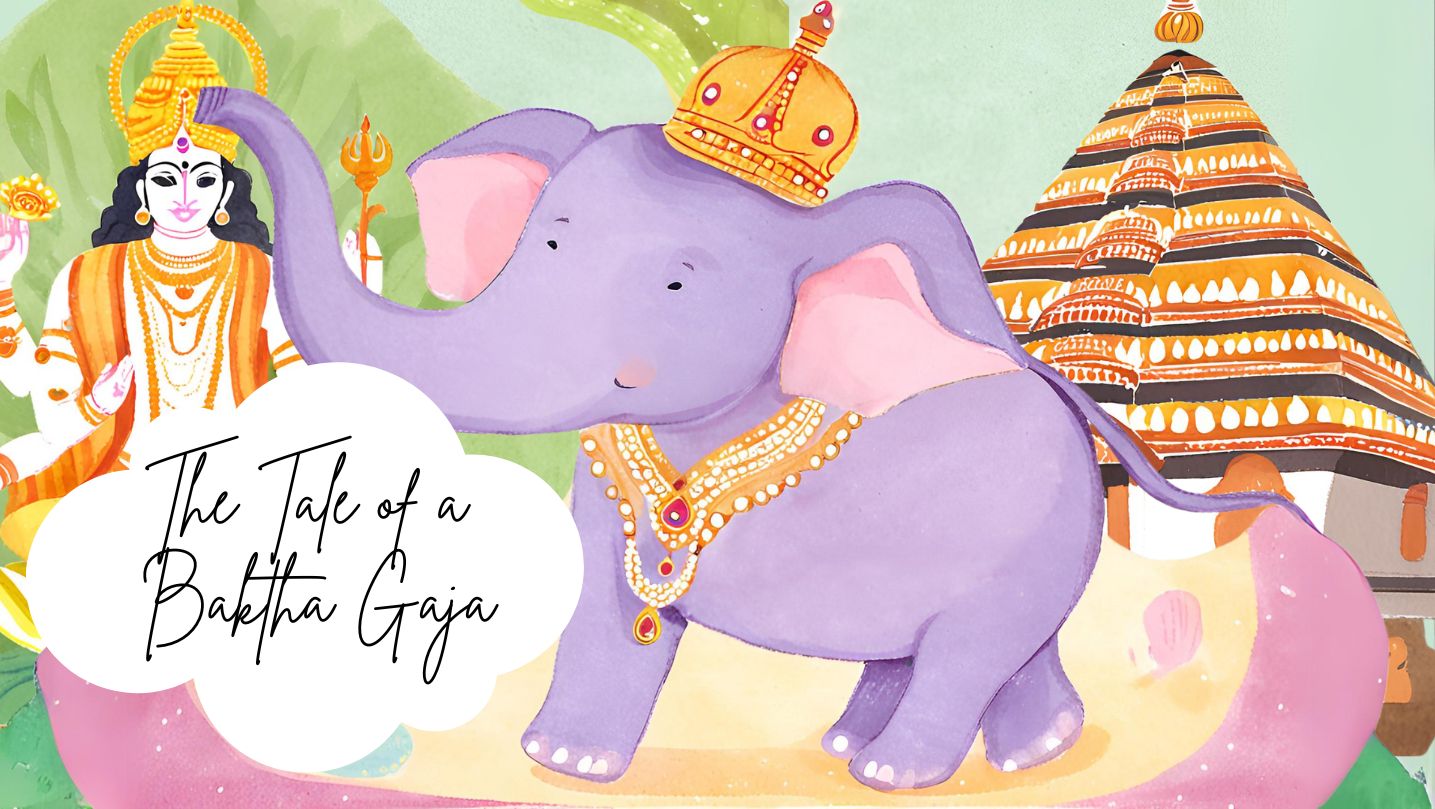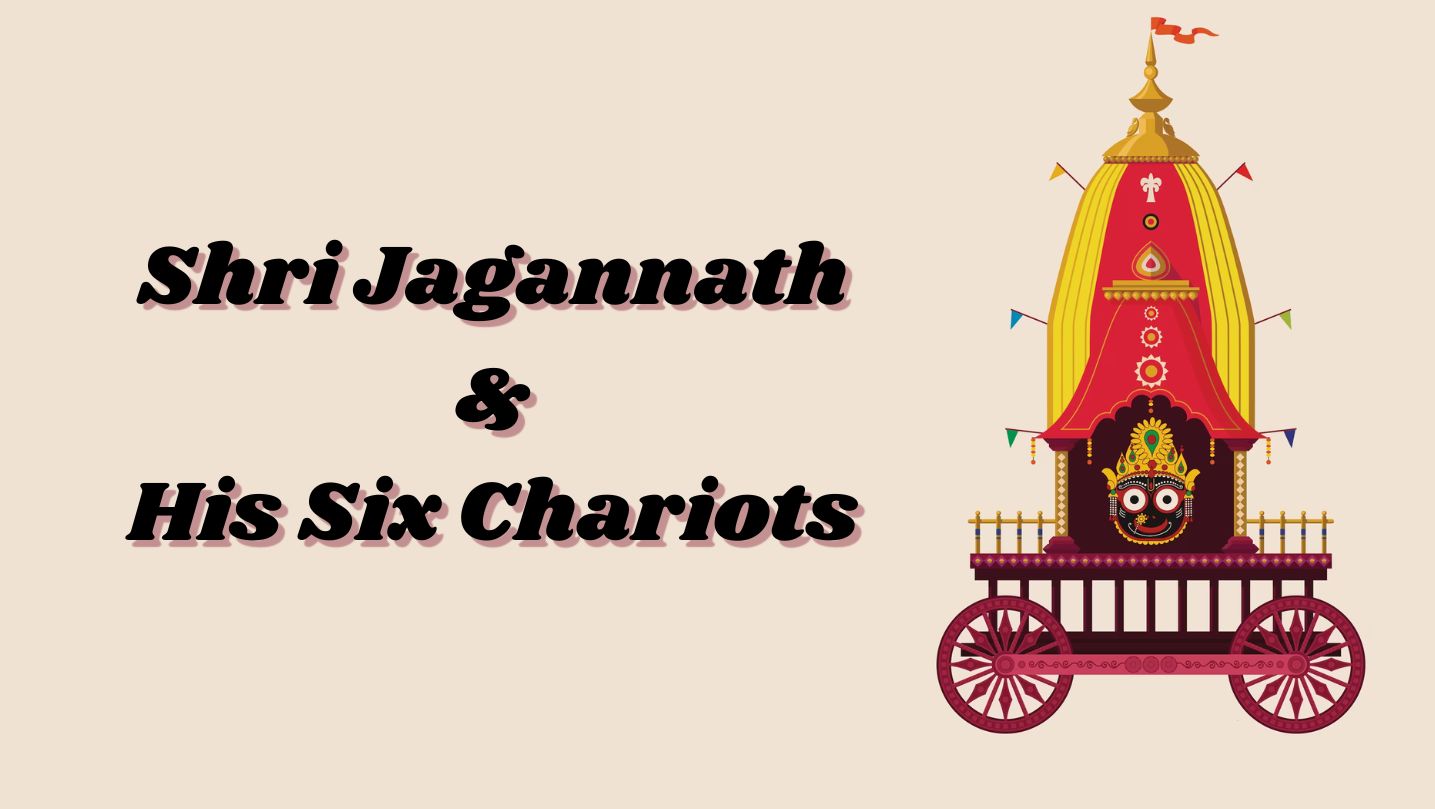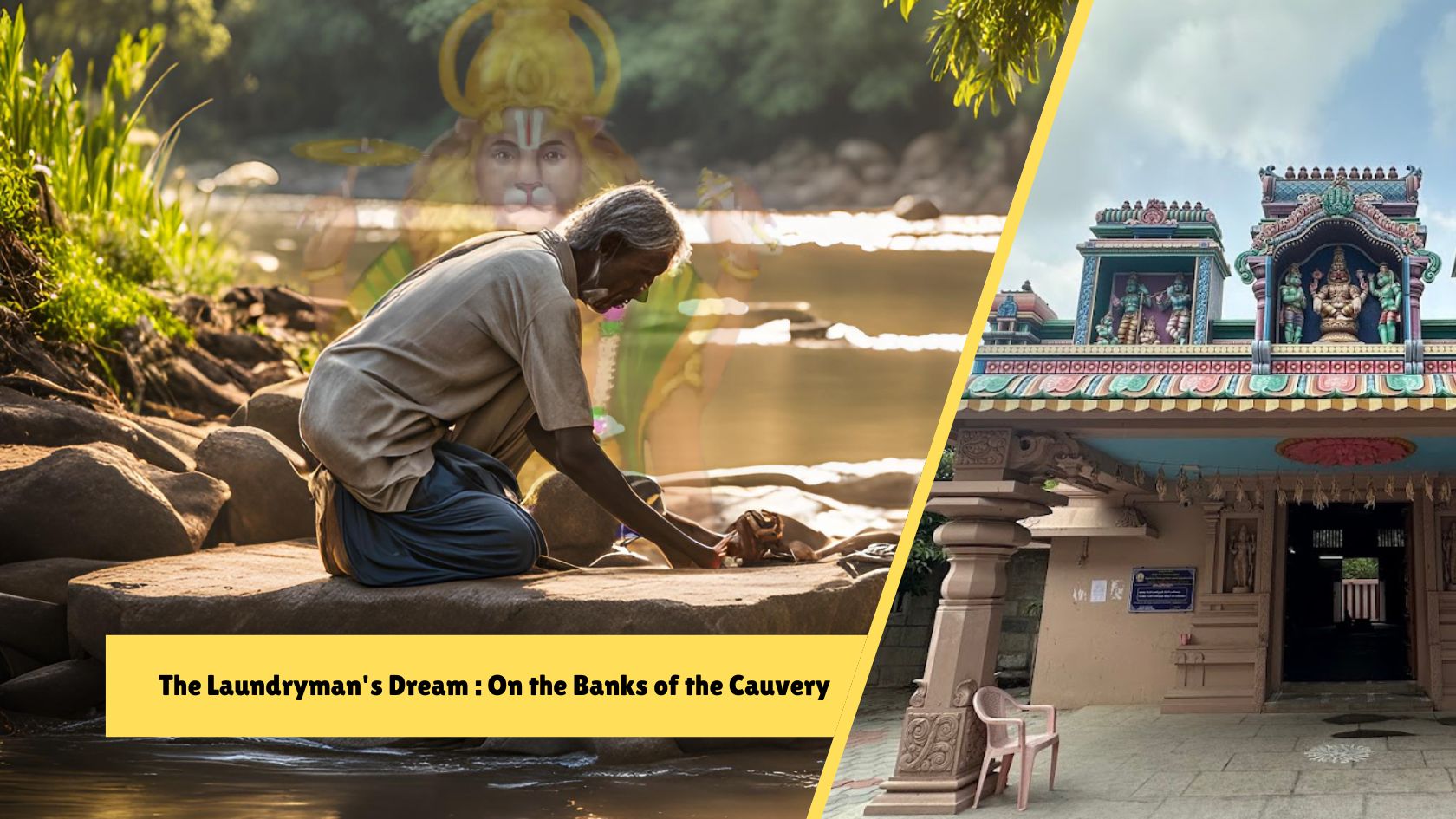Thilatharpanapuri - A temple to pay tribute to the ancestors
According to Hindu mythology, Ram, in his human incarnation, was performing pitru tharpanams at various locations by erecting four Pindams (pindams made of boiled rice scooping). Every time he performed the tharpanam, these pindams transformed into worms. Ram pleaded to Lord Shiva, concerned that his poojas were not yielding the anticipated results (that is, the pitrus were not receiving the pindams he was providing). Lord Shiva appeared to Ram and requested that he go to Manthara vanam in the earth, where he is present in the shape of a deity, to offer prayers. He should bathe in the HariSolMahanadhi and then conduct the Pitru Tharpananam after he arrives in Mantharavanam.
According to Shiva, Ram arrived at this location, had a bath in the Hari Sol Mahanadhi, knelt by his right leg, made four pindams, and began his pitru pooja. In this location, the Pindams that had been turning into worms had transformed into four Lingams. As a result, Dasaratha Maharaja, Ram's father, acquired Mukhthi (divine habitation), and the major deity was given the name Muktheeswarar. After this story of Ram performing karma poojas and obtaining mukthi for his ancestors, this location has become one of the most important sthalas for achieving such mukthi. It is claimed to be comparable to Kasi and Rameshwaram in terms of quality.
The idol of Rama performing the tharpanam, as well as the four lingams known as Pitru Lingams, may be seen in the outer praharam (circumambulatory walk). Gnyanasambandha Peruman sang the old names of this place, Thilathaipathi and Mathimuthami, in one of his songs. As a result, this sthalam is noteworthy from both a saivasthalam and a devaram perspective. Sithalapathi's current name is derived from Thilatharpanapuri and Thilathaipathi. Most people recognise this location as Sithalapathi rather than Thilatharpanapuri or Thilathipathi. Every Hindu should pay a visit to this site. The Sangada Hara Chaturthi celebration is held every month at the Aadhi vinayagar temple. Mother Parvati wants to bathe in Harisolmahanathi once at a time. She made a boy out of Manjal (Turmeric) powder and ordered him to stand guard outside while she had a bath. Lord Shiva, on the other hand, had returned home. When he attempted to enter the residence, he was stopped by the boy.
Shiva was enraged and beheaded the youngster. When Parvati witnessed this, she broke down in tears because the boy was created from her own material and resembled her son. Shiva sent out his armies (gaNa) to gather the heads of anyone seen sleeping with his head pointing north in order to console her. (This is one of the reasons why it is still believed that you should not sleep with your head towards north). They discovered an elephant sleeping in this position and returned its head. Shiva then resurrected the youngster by affixing the elephant's head to his body. Ganapati, which meaning commander of his army, was the boy's name. . He also bestowed upon him the blessing of everyone worshipping him (Ganesha) before undertaking any job.
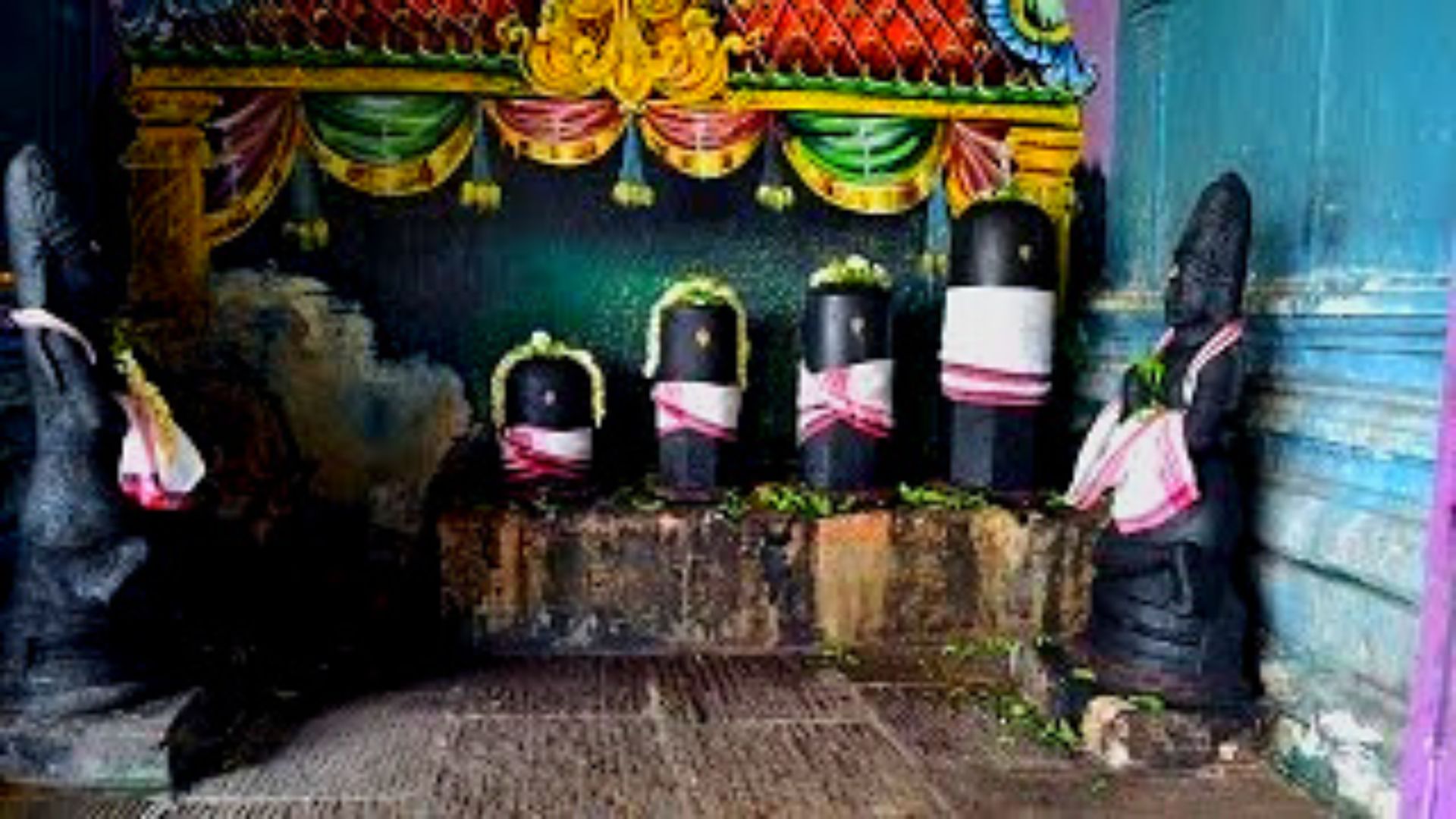
Swarnavalli sametha Muktheeswarar temple is located 2.6 kilometres from Koothanur in Thilatharpanapuri. On the Mayavaram - Tiruvarur Road, Koothanoor is close to Poonthottam. Poonthottam is the closest railway station. Swarnavalli Thayar and Mukthiswarar are the prominent goddesses here. The name Thilatharpanapuri is derived from two words: thil, which means gingely, and tharpana, which refers to the Hindu custom of completing pithru karmas (paying homage to ancestors). Sethalapathy is another name for it.
Kasi, Rameswaram, Srivanchiyam, Thiruvenkadu, Gaya, Thiriveni Sangamam, and Thilatharpanapuri are the seven sthalams where these rituals are performed. Pitru dosham occurs when the souls of our predecessors and forebears who have passed away do not find peace for one of the following reasons:
• when shradham (paying homage to ancestors) is not carried out.
• Wrongdoings committed while they were alive
• The departed's children's bad deeds
• Dissatisfaction with one's desires
Feeding the needy on Amavasya day (New Moon day) and performing the tharpanam (ritual of paying tribute to ancestors) on a regular basis are two simple ways to get rid of Pitru Dosham (Ancestral sin). We can obtain our ancestors' blessing for a happy and tranquil existence by appeasing their departed souls.
Rama performed tharpanam (ritual of paying homage to ancestors) for Dasaratha by installing four pindams at separate locations (rice balls). However, each time he performed the rite, the pindams turned into worms, much to his dismay. Rama appealed to Lord Shiva, who advised him to travel to mantharavanam (manthaaram is the flower of the coral tree, one of heaven's five special trees) and give his prayers to Him (shiva). Before undertaking the Pitru Tharpanam, he was told to bathe in the Arasalar river nearby. Rama followed the instructions. To his surprise, the four pindams that had previously turned into worms in other places transformed into four Lingams.
As a result, Dasaratha Maharaja obtained mukthi (salvation), and the deity's name is Muktheeswarar. Locals say that performing the Pitru Tharpanam here cleanses you of all your Pitru Sabams (ancestral curses) and Pitru Doshams (ancestral sins). The idol of Rama performing the tharpanam, as well as the four lingams known as Pitru Lingams, may be seen in the outer praharam (circumambulatory walk).
This location is comparable to Kasi or Rameswaram. It is deemed exceptional to do tharpanam here on Amavasya day. A Mukthikshetram is a Mukthikshetram is a Mukthikshetram is It is thought that, like Srivanchiyam, those who have sinned will be unable to visit this temple, and that a planned visit to this temple will be impossible.
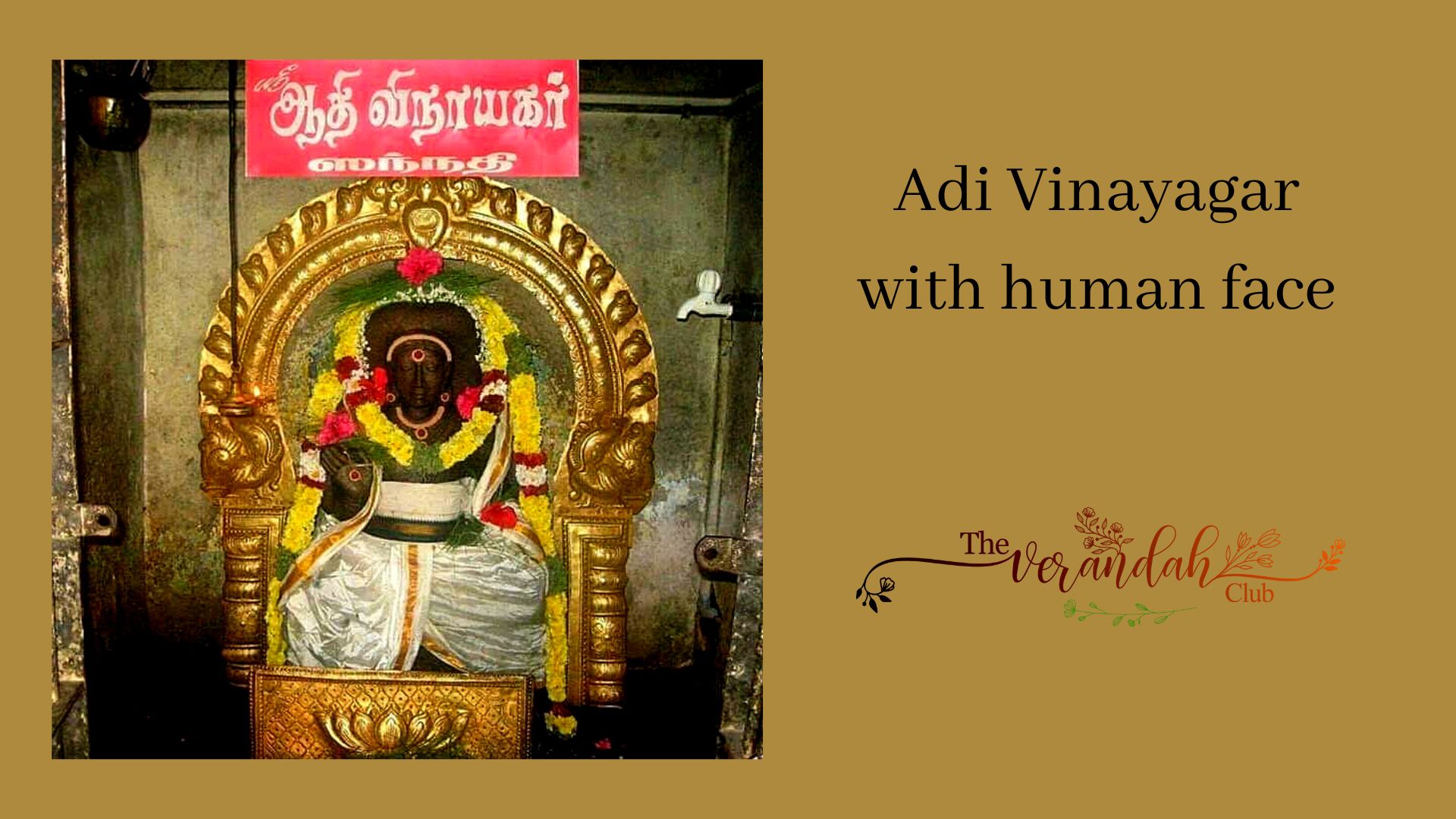
Just beyond the main temple is the shrine for Adhi Vinayakar (also known as Nara mukha vinayakar). Ganesha is depicted here with a human head, thus the Naramukha vinayakar. Sithalapathi is another name for this location. The narrative of Shiva beheading Parvati's creation Naramukha Vinayaka and replacing his head with an elephant head is well-known. What is less well known is that Shiva had ordered his troops to retrieve the head of anyone found sleeping with his head to the north. They discovered an elephant sleeping with its head turned towards the north. This is most likely one of the reasons why we are not allowed to sleep with our heads pointing north. Shiva gave the boy the name Ganapati, which means commander of his army, and a blessing that everyone must worship Ganapati before beginning anything new.
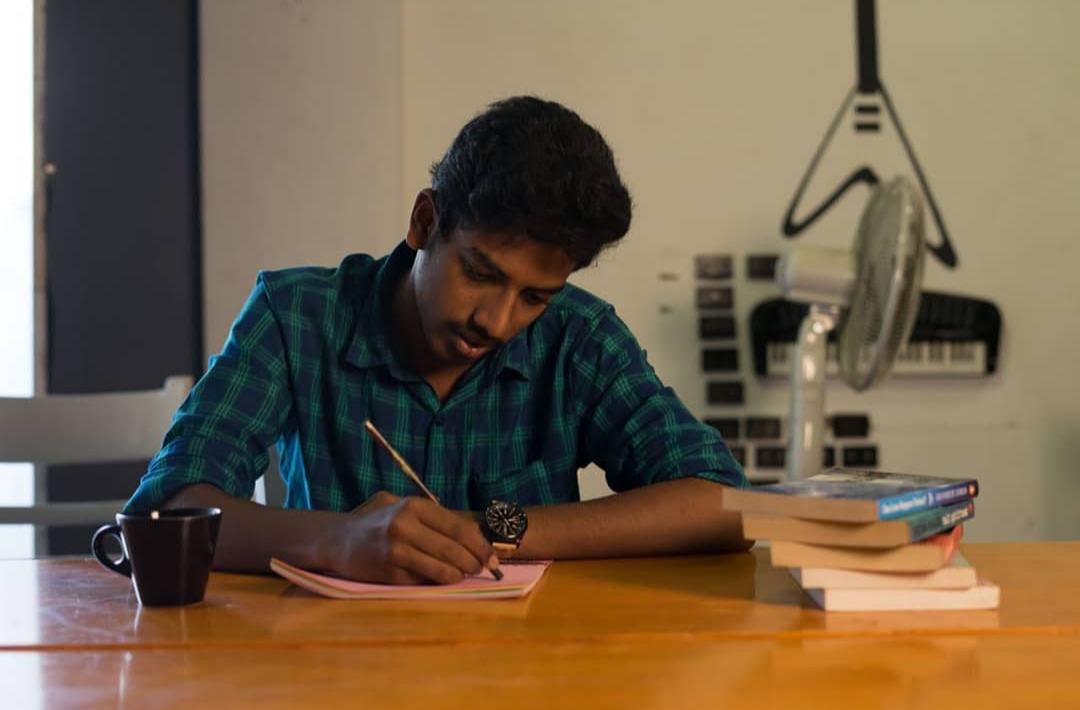 Vigneshvaran is the special correspondent of the company. He is a graduate of English Literature who shows great interest in analyzing various practices followed in Sanatana dharma. He is a practical person with a curiosity to learn everything by experiencing. He is also a staunch nationalist and writes poems both in English and Tamil. Vignesh also is an excellent orator.
Vigneshvaran is the special correspondent of the company. He is a graduate of English Literature who shows great interest in analyzing various practices followed in Sanatana dharma. He is a practical person with a curiosity to learn everything by experiencing. He is also a staunch nationalist and writes poems both in English and Tamil. Vignesh also is an excellent orator.
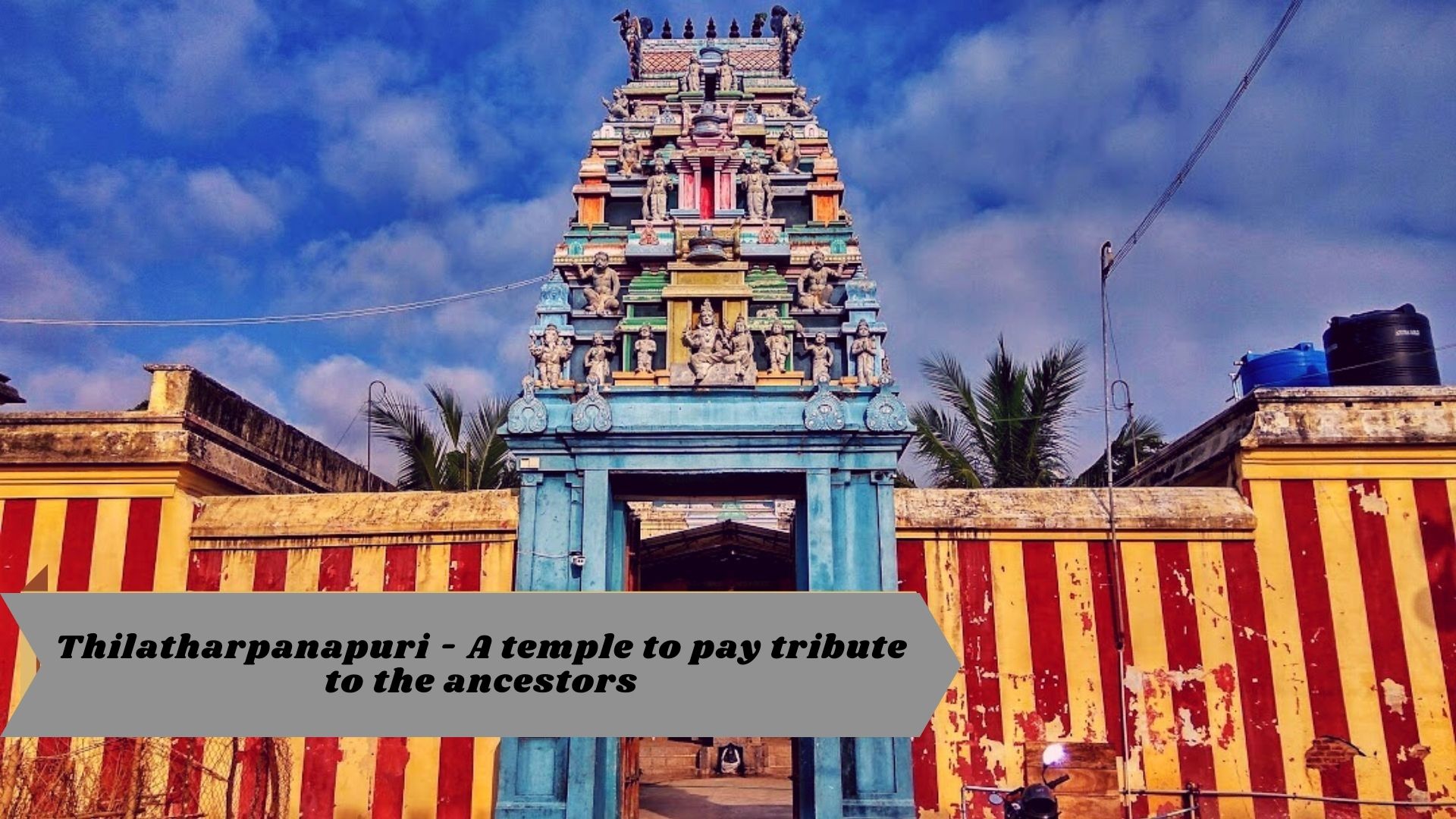


 Vigneshvaran is the special correspondent of the company. He is a graduate of English Literature who shows great interest in analyzing various practices followed in Sanatana dharma. He is a practical person with a curiosity to learn everything by experiencing. He is also a staunch nationalist and writes poems both in English and Tamil. Vignesh also is an excellent orator.
Vigneshvaran is the special correspondent of the company. He is a graduate of English Literature who shows great interest in analyzing various practices followed in Sanatana dharma. He is a practical person with a curiosity to learn everything by experiencing. He is also a staunch nationalist and writes poems both in English and Tamil. Vignesh also is an excellent orator.
